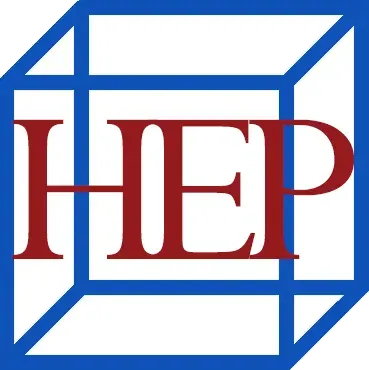Private, 34th Foot, 1854 (Border Regiment)
Original price was: £20.00.£15.00Current price is: £15.00.Raised 1702, merged 1881 with the 55th to form the Border Regiment; 2004 merged to form Duke of Lancaster’s Regiment (King’s Lancashire and Border)– LANCS (scroll down for a more detailed Description)
Published 1970 by © Hugh Evelyn Limited; drawn by Colonel Philip Henry Smitherman (1910-1982), Royal Corps of Signals
Size: c. 24.5 x 37.5 cm [9 ½ ″ x 14 ½ ″] (may vary slightly from printers’ cut 50 years ago)
Printed on on medium cardstock weighing 144 g/sm2 faced in light greyish blue (RGB c. d4e1e8)
Print is STANDARD size – shipping is the same for 1 to 10 prints (based on largest print size in your order) – see Shipping & Returns.




















